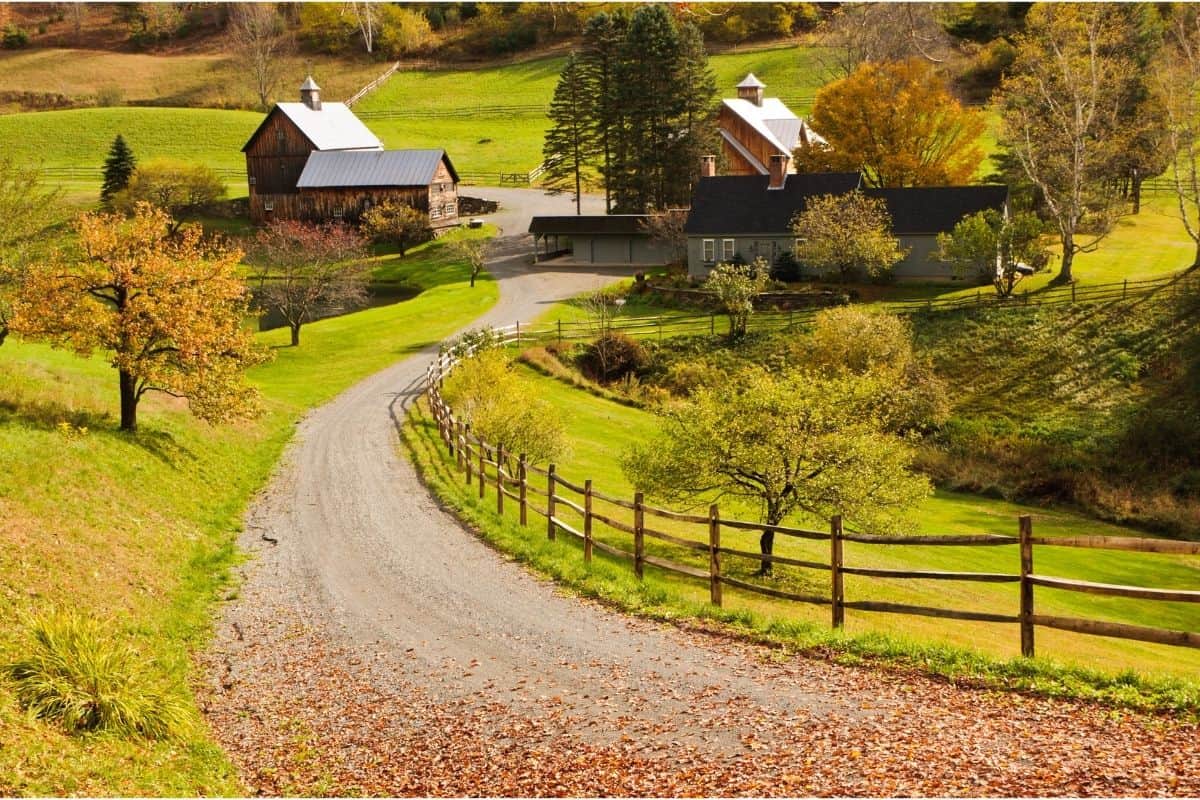Creating a thriving and sustainable homestead is a dream for many. Within the vast expanse of a 15-acre homestead, there lies an incredible opportunity to cultivate a balanced ecosystem. By embracing beneficial insects, you can enhance the health and productivity of your land. These tiny allies offer invaluable services, from pollination to pest control, and are vital to maintaining biodiversity. In this article, we will explore how beneficial insects can transform your homestead, making it a sanctuary for both crops and creatures.

Understanding Beneficial Insects
Beneficial insects are those that contribute positively to the ecosystem. They include pollinators like bees and butterflies, predators such as ladybugs and lacewings, and decomposers like beetles. Each plays a unique role in supporting agricultural practices and ensuring environmental balance. For a homestead, these insects are natural allies that reduce the need for chemical interventions.
The Role of Pollinators
Pollinators are critical for the reproduction of many plants. Bees, butterflies, and even some birds and bats facilitate the transfer of pollen, which is essential for fruit and seed production. On a 15-acre homestead, encouraging a diverse population of pollinators can significantly boost crop yields and plant health.
Predatory Insects as Natural Pest Control
Predators like ladybugs and praying mantises are nature’s pest controllers. They feed on harmful insects such as aphids and caterpillars, which can wreak havoc on crops. By fostering a habitat that attracts these predators, homesteaders can minimize pest problems naturally.
Creating a Welcoming Habitat
To attract and sustain beneficial insects, it’s crucial to create an inviting environment. This involves planting native vegetation, providing water sources, and avoiding chemicals that may harm these insects. Companion planting is another technique that can enhance the habitat, as certain plants naturally attract and support beneficial insects.
Native Plants: The Foundation
Native plants are adapted to the local climate and soil conditions, making them ideal for attracting local beneficial insects. These plants provide essential resources such as nectar and pollen, ensuring that beneficial insect populations thrive.
Water Sources: Sustaining Life
Water is a critical resource for all living creatures, including insects. By incorporating small water features like birdbaths or ponds, homesteaders can provide necessary hydration, especially during dry spells.
Avoiding Harmful Chemicals
Many pesticides and herbicides can harm beneficial insects. Opting for organic or natural pest control methods can preserve these insects while managing pest populations effectively. Integrated Pest Management (IPM) is a strategy that focuses on using biological control methods, cultural practices, and mechanical means to reduce pest damage.
Companion Planting Benefits
Companion planting involves growing plants together that benefit one another. This method can deter pests and attract beneficial insects. For example, marigolds can repel nematodes, while dill attracts ladybugs.
The Impact on Crop Yield
With the help of beneficial insects, homesteaders can experience improved crop yields. Pollinators increase the production of fruits and vegetables, while predators keep pest populations in check, reducing crop damage.
Improved Plant Health
Plants that are regularly visited by pollinators and protected by predatory insects tend to be healthier and more resilient. This results in more robust growth and higher resistance to diseases.
Long-Term Sustainability
Incorporating beneficial insects into your 15-acre homestead not only enhances biodiversity but also promotes long-term sustainability. By reducing dependency on chemical inputs, homesteaders contribute to a healthier ecosystem and a more self-sufficient lifestyle.
Building a Resilient Ecosystem
By fostering a diverse range of insects, homesteaders create a resilient ecosystem capable of withstanding environmental challenges. This diversity ensures that no single pest can dominate the landscape, leading to more stable agricultural practices.
Conclusion: A Harmonious Homestead
Embracing beneficial insects on a 15-acre homestead is a step towards creating a more harmonious and productive environment. These insects offer natural solutions to many of the challenges faced by homesteaders, from pollination to pest control. By understanding and supporting these tiny allies, you can cultivate a thriving ecosystem that benefits both plants and animals.

FAQ Section
What are the most common beneficial insects?
Common beneficial insects include bees, ladybugs, lacewings, and predatory beetles. Each of these plays a vital role in pollination and pest control.
How can I attract beneficial insects to my homestead?
To attract beneficial insects, plant native species, provide water sources, and avoid pesticides. Creating a diverse habitat with companion planting can also help.
Why are beneficial insects important for biodiversity?
Beneficial insects contribute to biodiversity by maintaining ecological balance, supporting plant health, and reducing the need for chemical interventions. They play a crucial part in sustaining a healthy environment.
For more information on homesteading practices, you may find this article on sustainability journey insightful. Additionally, explore more about self-sufficient homesteading to broaden your understanding.





